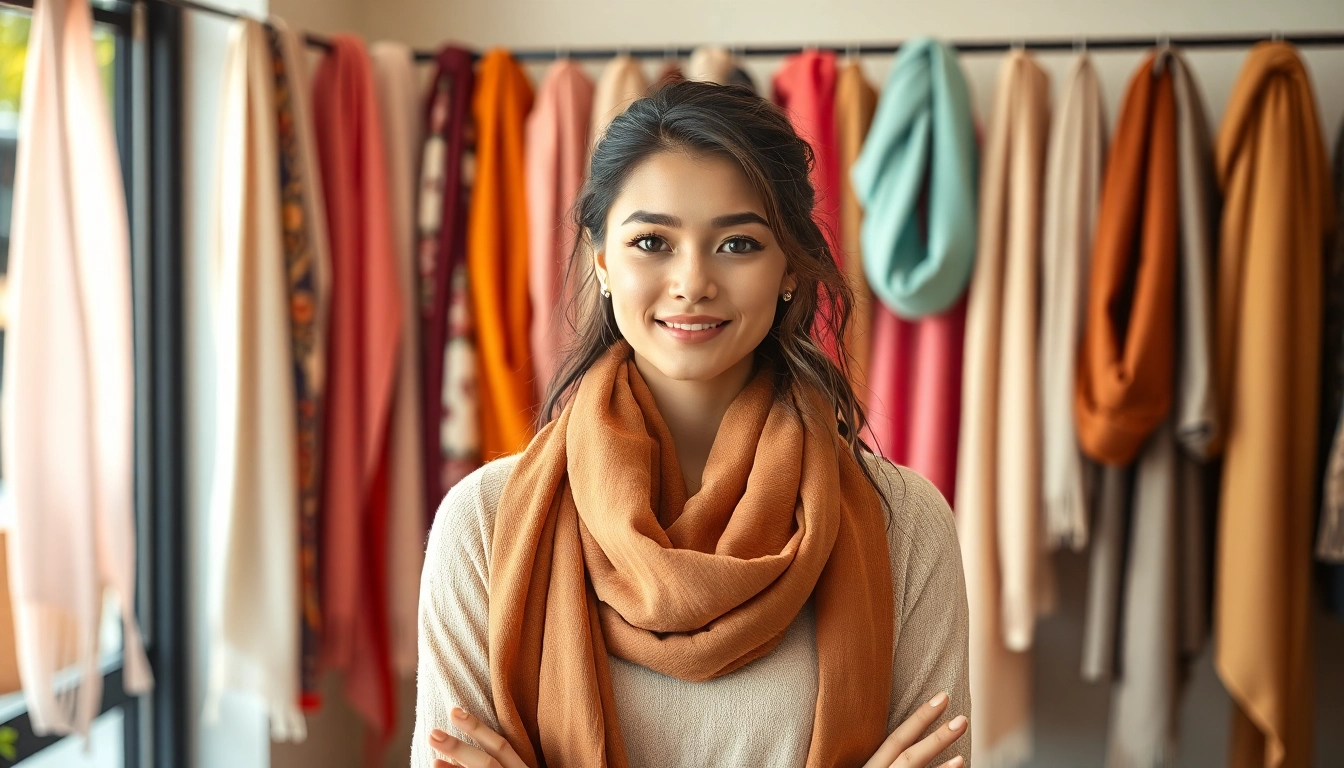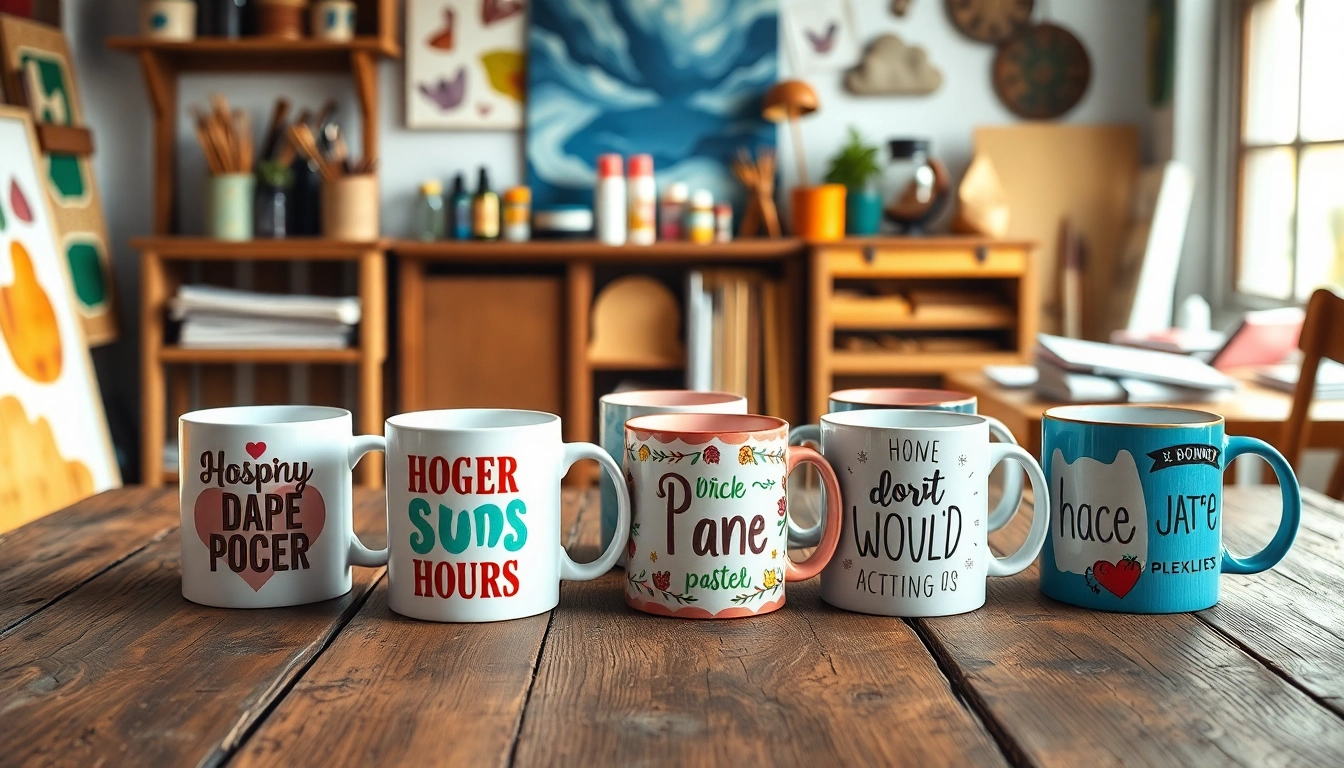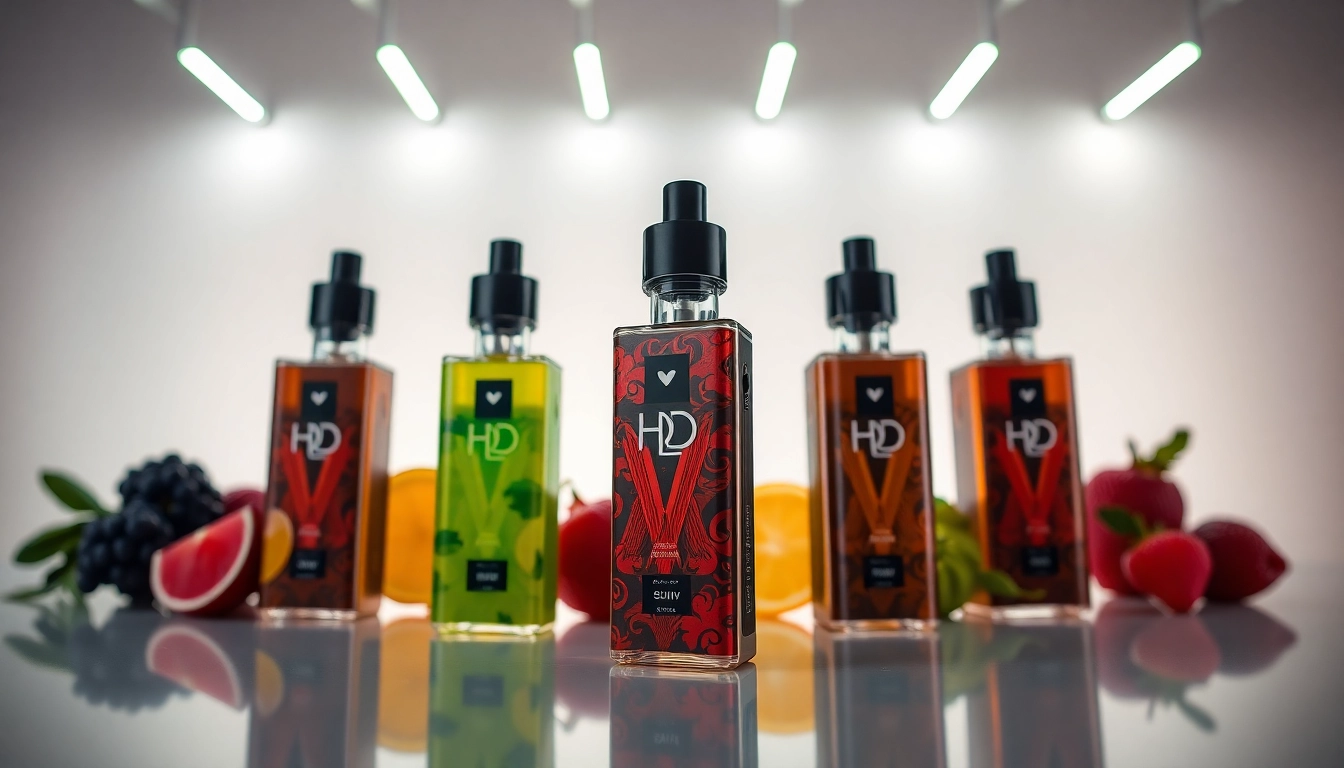1. Understanding Scarves for Women: Styles and Fabrics
Scarves have transcended their functional roots to become an essential accessory for women. They not only offer warmth but also add a touch of elegance and personality to any outfit. With numerous options available, it’s vital to understand the various styles and fabrics that define the world of scarves for women.
1.1 Different Types of Scarves
Scarves come in an array of types, each serving diverse purposes and styles. Here’s a brief overview of some popular types:
- Fashion Scarves: Typically lightweight, these scarves are designed more for style than warmth. They often feature intricate patterns or vibrant colors.
- Winter Scarves: Thick and cozy, these scarves are made from wool, fleece, or cashmere. They are ideal for cold weather and can provide significant warmth.
- Infinity Scarves: A continuous loop that eliminates the need for tying, infinity scarves offer a hassle-free way to achieve layered looks.
- Pashmina Scarves: Made from fine cashmere wool, pashminas are soft and luxurious, often worn both for warmth and style.
- Shawls: Larger and often worn draped over the shoulders, shawls provide coverage and can transform a simple outfit into something more formal.
1.2 Popular Fabrics and Their Uses
The fabric of a scarf greatly influences its functionality and aesthetic. Here are a few common fabrics and their typical uses:
- Silk: Known for its luxurious feel and sheen, silk scarves can elevate an outfit, making them perfect for formal occasions.
- Cotton: Breathable and easy to maintain, cotton scarves are great for casual settings and warmer months.
- Wool: Renowned for insulation, wool scarves are ideal for winter wear, offering both comfort and warmth.
- Linen: Lightweight and breathable, linen scarves are excellent for spring and summer, providing sun protection without overheating.
1.3 How Fabric Affects Style Choice
Choosing the right fabric is not just about comfort; it signals intent and style. For instance, a silk scarf can bring an air of sophistication, making it suitable for workplace settings or formal events. In contrast, a chunky knit wool scarf is best kept for casual outings or cold walks in the park. Understanding the characteristics of each material can guide you in selecting the perfect accessory for your outfit and occasion.
2. Creative Ways to Wear Scarves for Women
The versatility of scarves allows for countless styling options. Here are some creative ways to incorporate scarves into your wardrobe:
2.1 The Classic Loop: Versatile and Chic
The classic loop, where the scarf is simply wrapped around the neck with ends hanging down, is a timeless method. It’s elegant and works well with both casual and formal wear. To achieve this look, simply drape the scarf around your neck, letting the ends hang evenly or allowing one side to be longer for added flair.
2.2 The Infinity Style: Effortlessly Fashionable
Infinity scarves offer a modern and stylish look with zero fuss. Simply loop the scarf around your neck once or twice, allowing it to settle naturally. This style is perfect for transitional weather and adds a contemporary flair to outfits.
2.3 Artistic Knots and Twists for Unique Looks
Add a personal touch to your outfit by experimenting with different knots and twists. Try folding your scarf into a triangle and tying it at the waist as a belt or create a faux vest by draping a large scarf over your shoulders and tying the ends together. The possibilities are endless, allowing you to showcase your creativity while staying warm.
3. Scarves for Women in Different Seasons
Choosing the right scarf can enhance your wardrobe across all seasons. Here’s how to adapt your scarf game throughout the year:
3.1 Light Scarves for Spring and Summer
Lightweight materials, such as cotton and chiffon, are ideal for spring and summer. These scarves can be worn around the neck or as head wraps, adding color and patterns to your outfit. Opt for bright colors or floral prints to match the vibrant spirit of the seasons.
3.2 Cozy Scarves for Fall and Winter
As temperatures drop, thicker materials come into play. Wool, cashmere, and knit scarves offer warmth and comfort during colder months. Choose rich hues and textures to reflect the autumn and winter palettes. Chunky knit styles can also double as statement pieces that elevate a simple outfit.
3.3 Transitioning Styles Between Seasons
To transition seamlessly between seasons, consider layering techniques. Paired with a light jacket, a medium-weight scarf can be used in fall, while the same scarf can be worn with a heavier coat during winter. Scarves with adaptable colors or patterns can also make the shift easier, maintaining a cohesive look across various temperatures.
4. Choosing the Right Scarf for Your Outfit
Selecting the perfect scarf entails more than just picking an appealing color. Here are key factors to consider:
4.1 Color Coordination Tips
Understanding color theory can greatly enhance your outfit. Complementary colors can create a fresh and striking appearance, while analogous colors offer a more cohesive, subtle look. When in doubt, neutral tones like black, gray, or beige can often complement a wider range of outfits.
4.2 Matching Scarves to Different Necklines
The neckline of your outfit also plays a critical role in determining the scarf style. For example, turtlenecks pair well with lightweight, longer scarves, while off-the-shoulder tops look elegant with smaller, tied scarves. Understanding how to match your scarf to your neckline can enhance both comfort and aesthetics.
4.3 Accessories that Complement Your Scarf
Think beyond your scarf when accessorizing. Hats, statement earrings, and belts can harmonize beautifully with scarves. A wool scarf may pair nicely with a felt hat for a chic autumn look, while a silk scarf can be complemented by elegant gold jewelry for a more sophisticated evening appearance.
5. Eco-Friendly Scarves for Women: Sustainable Choices
As sustainability takes center stage in fashion, eco-friendly scarves have emerged as a responsible choice for style-conscious consumers. Let’s explore this growing trend:
5.1 Understanding Sustainable Fabrics
Sustainable fabrics such as organic cotton, bamboo, and hemp offer an environmentally friendly alternative to conventional materials. These fabrics require less water and fewer toxic chemicals in production while still providing comfort and style.
5.2 Brands Leading the Eco-Friendly Movement
Numerous brands are pioneering sustainable practices in the fashion industry. Look for companies committed to eco-friendly materials and ethical labor practices. Brands that emphasize transparency in their supply chains often resonate with consumers desiring to make ethical choices with their fashion statements.
5.3 Caring for Your Scarves Sustainably
To extend the life of your eco-friendly scarves, washing them with cold water and air drying can minimize energy use and wear. Avoiding harsh chemicals will help maintain the vibrancy of the fabric, ensuring your scarves stay beautiful season after season.



